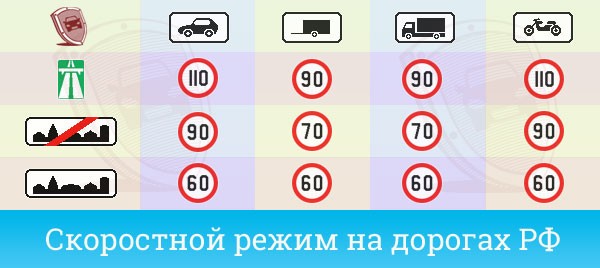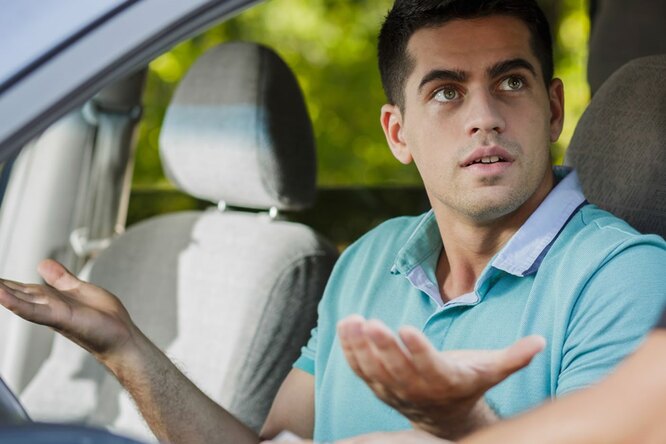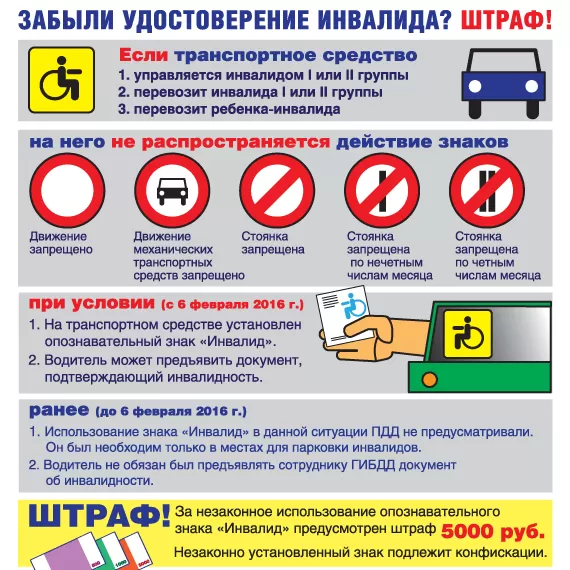
California speed limits, laws and fines
Content
The following is an overview of the laws, restrictions, and penalties associated with traffic violations in the state of California.
Speed limits in California
California sets speed limits very differently from most states. Road engineers use a percentile of operating speed, which is determined by a road and engineering survey. This means that speed limits are determined according to the speed that is exceeded by no more than 15% of typical traffic, even if this speed exceeds the design speed of the road.
70 mph: Rural and interstate highways except I-80.
65 mph: Urban and interstate highways, and all I-80s.
65 mph: Divided roads (those with a buffer zone or concrete medians running in opposite directions)
65 mph: undivided roads
55 mph: Default limit for two-lane roads unless otherwise noted.
55 mph: trucks with three or more axles and all vehicles while towing
30 mph: residential areas
25 mph: school zones (or as stated it could be as low as 15 mph)
On different sections of this type of road, sections with reduced or increased speed may be indicated - you must comply with the established limit, even if it is below the general speed rule.
Code of California at reasonable and reasonable speed
The law of maximum speed:
According to California Transportation Code Section 22350, “No one shall operate a vehicle at a speed that is more than reasonable or reasonable, with due regard to the weather, visibility, highway traffic, surface, and width of the highway. Under no circumstances should speed endanger the safety of persons or property.”
Minimum speed law:
According to California Motor Vehicle Code Section 22400, "No driver is permitted to drive on a highway at such a low speed as to interfere or interfere with normal and reasonable traffic, unless the speed limit has been lowered by signs posted to comply with the law."
California has a mixed rather than absolute speed limit law. This means that the rules are a combination of the absolute and the prima facie (essentially meaning "intended" or "at first sight", giving leeway when defending against a ticket). The rules at first sight do not apply in the event of a maximum speed limit. The maximum speed limit applies to roads with a posted or default limit of 55-70 mph. In cases other than a speed limit, drivers can appeal the charge to one of two Speed Law defenses:
Technical - Argument that the police used unacceptable methods to call the driver.
Essential - the argument that the police were wrong about the speed of the driver.
California speeding ticket
For the first time, violators cannot be:
Over $100 fine
Suspend the license for more than 30 days.
California reckless driving ticket
Speeding in California is automatically considered reckless driving at 15 miles per hour in excess of the posted speed limit.
The first offenders can be:
Fine from 145 to 1,000 dollars.
Sentenced to prison for five to 90 days.
The license is suspended for up to one year
In addition to the actual fine, there may be legal or other costs. Speeding tickets may vary by city or county.

